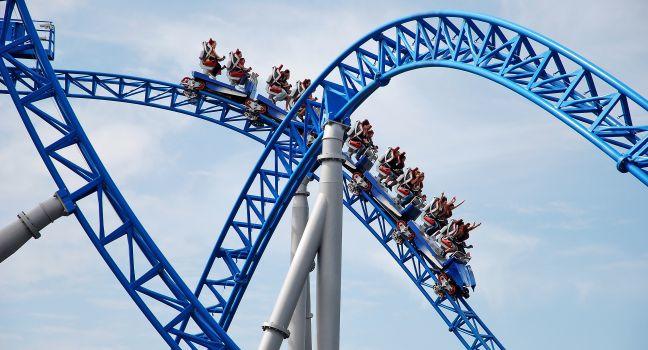Breisach am Rhein
The largest of several towns comprising the Kaiserstuhl region, Breisach am Rhein is a typical German village, with a cathedral atop a hill and an impressive city hall. The exceptional thing here is the views from the square beside the cathedral, which show the Black Forest to the east and France to the west (just beyond the River Rhine). It's a sister city to the UNESCO-recognized Neuf-Breisach across the border and a beautiful stopover for many Rhine river cruises.




